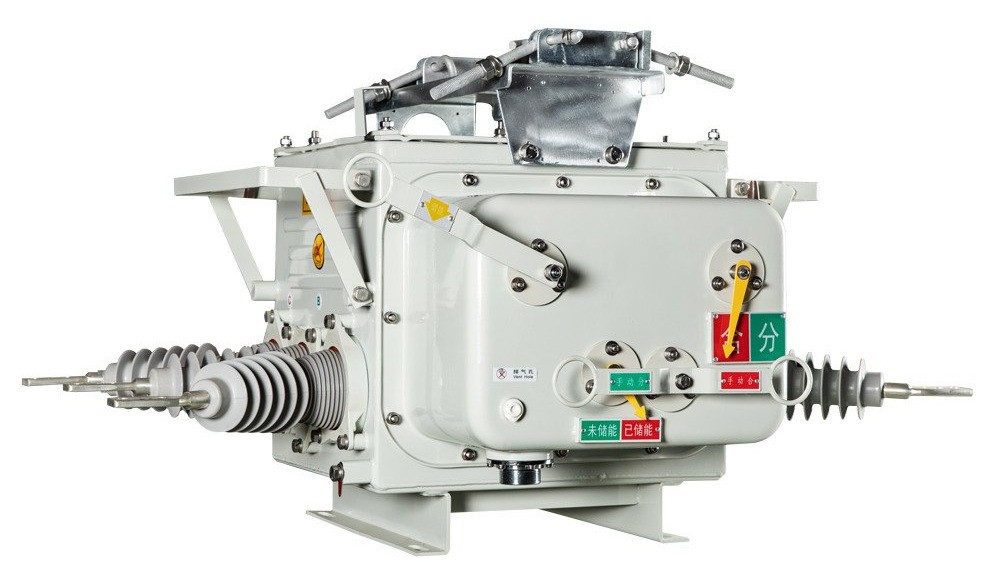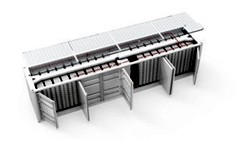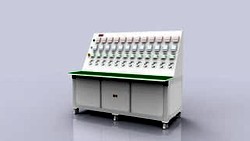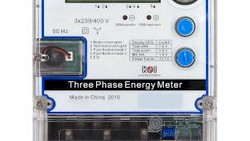When it comes to electrical distribution systems, there are various devices designed to protect circuits and equipment. Two such devices that play a crucial role in safeguarding electrical networks are reclosers and load breaker switches (LBS). While they both serve similar purposes, there are key differences between the two. In this article, we will delve into the disparities between reclosers and LBS, as well as provide guidelines on when to use each of them.

Reclosers: Protecting Electrical Networks with Intelligence
A recloser is a smart, self-controlled device employed in electrical distribution systems to automatically detect and interrupt faults in power lines. Its primary function is to enhance power reliability by restoring the supply after momentary faults, such as momentary shorts or temporary line disturbances. The recloser achieves this by quickly isolating the faulty section of the power line and automatically attempting to re-energize the line after a predetermined time delay.
The key features of reclosers include:
- Fault Detection
Reclosers are equipped with sensors and protection relays that detect faults, such as short circuits or overcurrents, by monitoring the electrical parameters of the power line. - Automatic Operation
Once a fault is detected, the recloser interrupts the power supply to the affected section. After a configurable time delay, typically a few seconds, it automatically attempts to restore the power flow. This process is repeated a predetermined number of times before the recloser locks out, indicating a persistent fault. - Fault Isolation
By interrupting the power supply, the recloser isolates the faulty section, preventing the fault from affecting the rest of the network. This helps in minimizing disruptions and improves overall system reliability. - Communication and Monitoring
CLOU reclosers are equipped with communication capabilities that enable remote monitoring and control. This allows utilities to gather data on fault events, analyse the performance of the distribution system, and optimize maintenance activities.
Load Breaker Switch: Ensuring Safe Disconnection
A load breaker switch, also known as an LBS or simply a load switch, is a manually or remotely operated device used for the safe disconnection of electrical equipment from the power supply. Unlike reclosers, load breaker switches do not possess automatic fault detection and restoration capabilities. Instead, their main purpose is to provide a means of isolating and de-energizing specific parts of an electrical network for maintenance or repair work.
The characteristics of load breaker switches include:
- Manual or Remote Operation
Load breaker switches can be operated manually, using a handle or lever, or remotely through a control signal. This flexibility allows for easy disconnection and reconnection of loads without the need for interrupting the entire power supply. - Load Isolation
LBS units are primarily used to isolate electrical equipment, such as transformers or capacitor banks, from the power source. By opening the switch, the flow of current to the equipment is interrupted, ensuring the safety of personnel working on or near the equipment. - Limited Fault Protection
While load breaker switches may provide basic protection against overcurrents and short circuits, their primary function is not fault detection and restoration. Instead, they focus on safe isolation and disconnection of loads during maintenance or repair activities.
Guidelines for Usage
Now that we understand the fundamental differences between reclosers and load breaker switches, let's explore some guidelines on when to use each of them:
- Reclosers
Reclosers are best suited for applications where power reliability is of paramount importance. They are commonly deployed in overhead distribution systems, where momentary faults due to vegetation, lightning, or temporary line disturbances are frequent. Reclosers automatically attempt to restore the power supply, minimizing the duration of interruptions and improving overall service reliability. They are also useful in areas with limited access, as their automatic operation reduces the need for manual intervention. - Load Breaker Switches
Load breaker switches are ideal for situations where selective disconnection and isolation of electrical equipment are required. They are commonly used in substations, industrial facilities, and distribution networks to safely disconnect transformers, capacitor banks, or other loads for maintenance or repair work. LBS units provide a straightforward means of isolating specific sections without affecting the rest of the network.
Which factors to consider for selection?
- System Reliability Requirements
If the priority is to minimize power interruptions and restore service automatically, reclosers are the preferred choice. On the other hand, if the main concern is selective load isolation for maintenance purposes, load breaker switches should be employed. - Fault Characteristics
Reclosers are designed to detect and automatically restore power after momentary faults. If the network experiences recurring transient faults, such as those caused by temporary disturbances, a recloser would be appropriate. However, if faults are persistent or require more extensive investigation, an LBS may be used to isolate the faulted equipment for thorough examination and repair. - Maintenance and Safety Considerations
Load breaker switches provide a higher level of safety during maintenance activities. By isolating specific loads, they ensure the safety of personnel working on or near the equipment. Reclosers, while offering automated fault restoration, may require additional manual intervention during maintenance or repairs. - System Complexity and Cost
Reclosers generally have more advanced functionalities and communication capabilities, making them suitable for complex distribution networks. However, their higher complexity often comes with a higher cost. Load breaker switches, being simpler devices, tend to be more cost-effective for basic load isolation requirements.
Takeaway
Reclosers and load breaker switches serve different purposes in electrical distribution systems. Reclosers are intelligent devices that automatically detect and restore power after momentary faults, enhancing system reliability. Load breaker switches provide a means of safely isolating specific loads for maintenance or repair work. Understanding their differences and considering the specific requirements of the electrical network will help determine the appropriate device to use in each scenario, ensuring optimal system performance and safety.
Discover the power of CLOU's Reclosers and Load Break Switches. Contact us today for all your electrical requirements, and let our knowledgeable support engineers provide you with expert guidance and exceptional service.
Editor's note: This article was originally published in August 2023 and has been updated for comprehensiveness.





All comments are moderated before being published. Inappropriate or off-topic comments may not be approved.